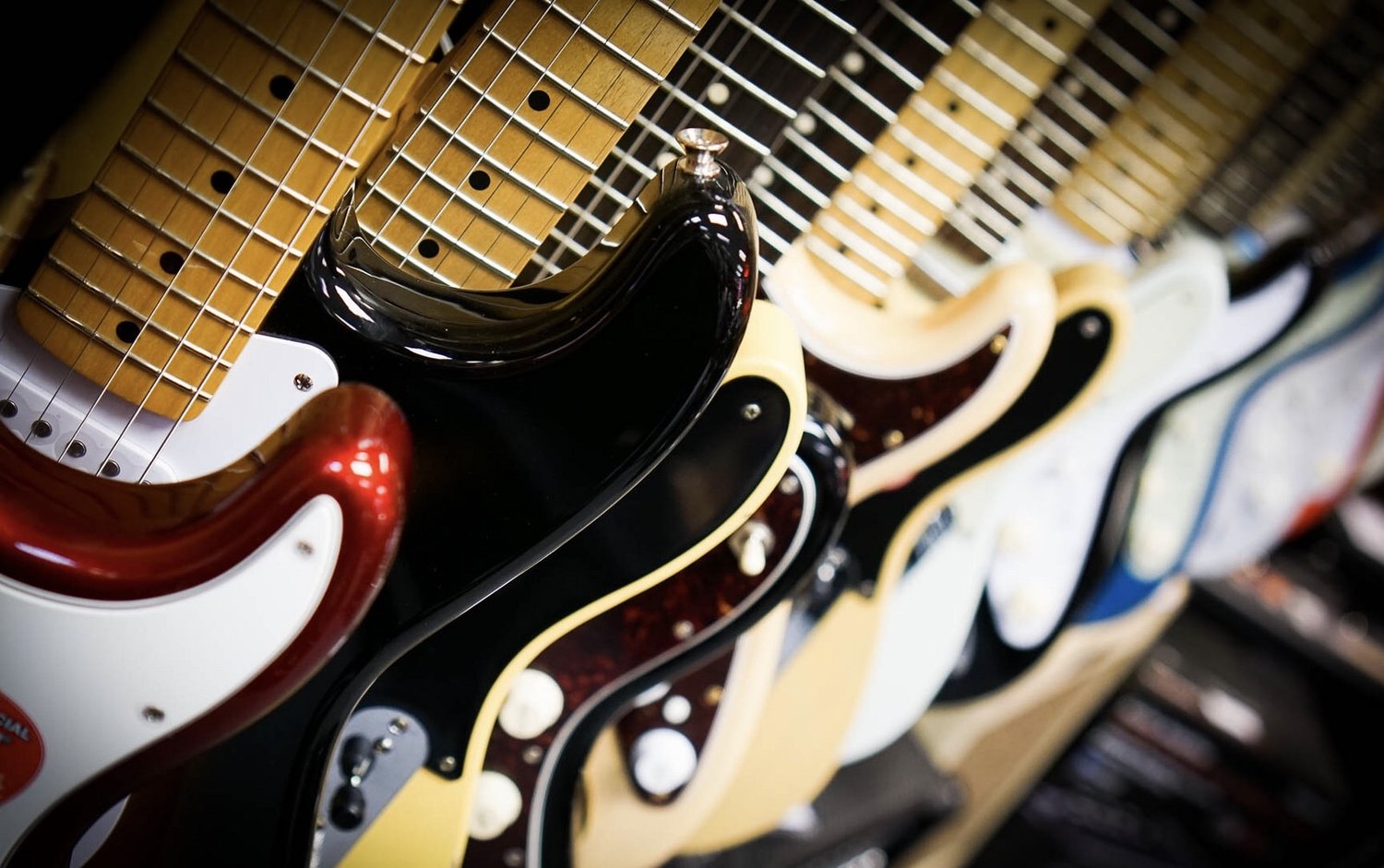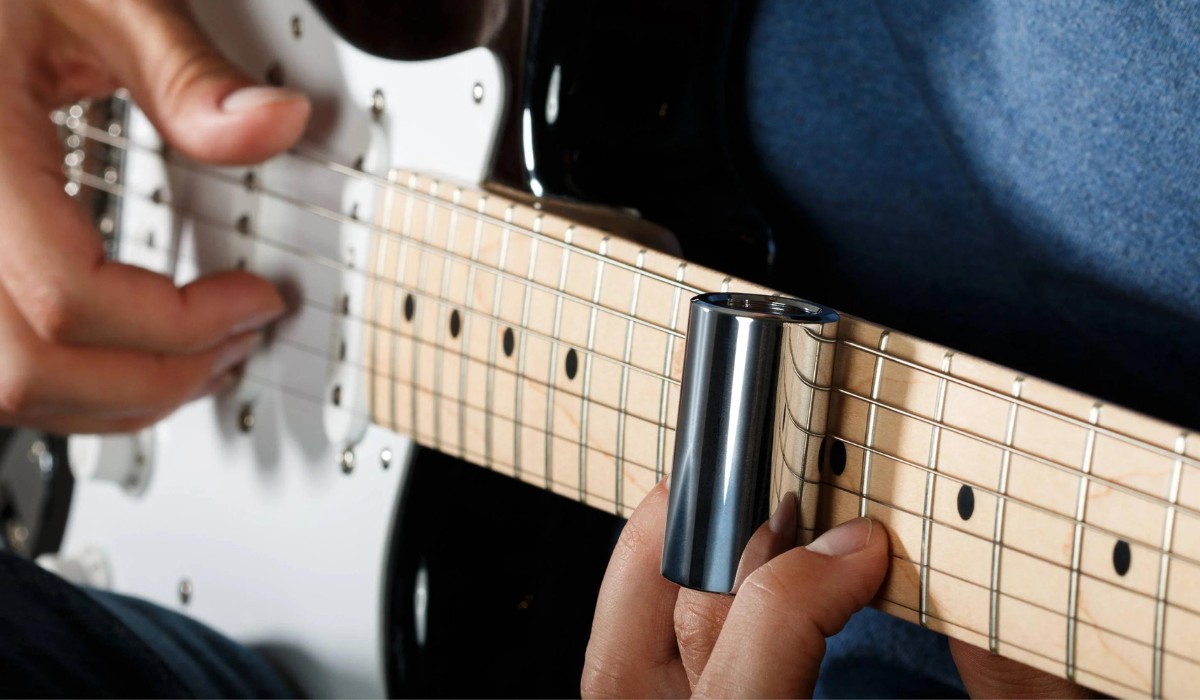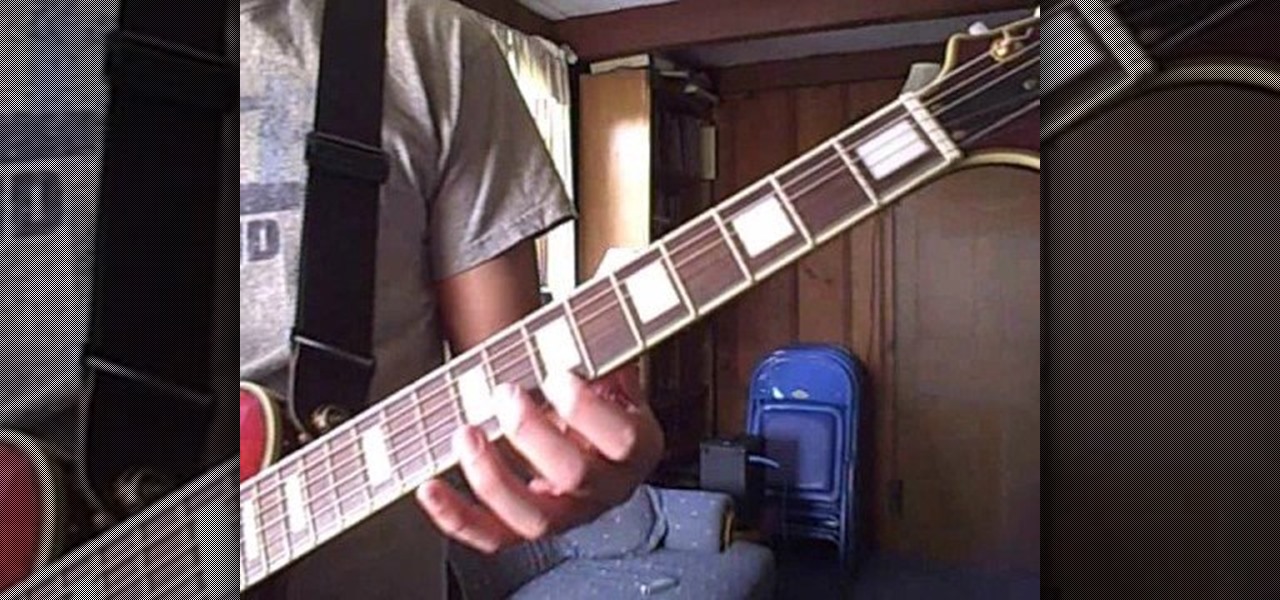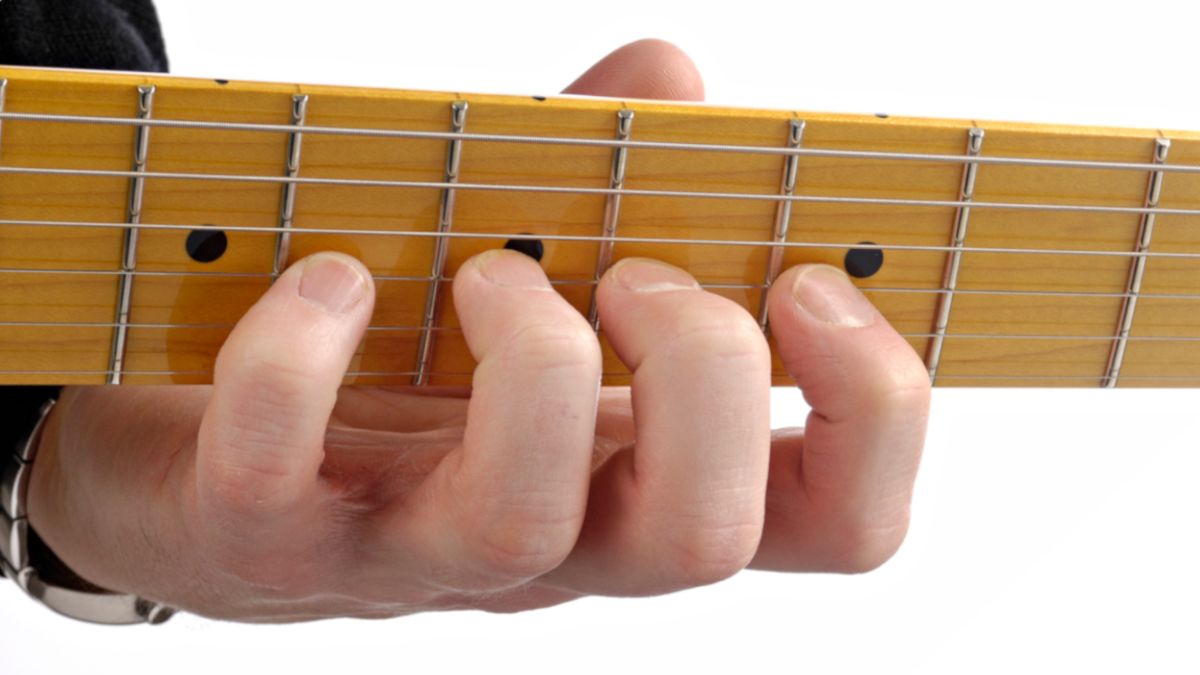Introduction
Learning to play blues on an electric guitar is a journey that can lead to a deep appreciation of this soulful and expressive genre. Whether you’re a beginner or an experienced guitarist looking to delve into the world of blues, mastering this style can be immensely rewarding. The blues is characterized by its emotive melodies, soulful lyrics, and distinctive chord progressions, making it a cornerstone of modern music.
As you embark on your blues guitar journey, it’s essential to understand the foundational elements of the genre. From mastering the blues scale and 12-bar blues progression to learning essential techniques and studying the legends who shaped the genre, there’s a wealth of knowledge and skills to explore. By immersing yourself in the rich history and unique characteristics of the blues, you can develop your own signature style while paying homage to the genre’s roots.
This guide is designed to equip you with the knowledge and techniques needed to learn blues on an electric guitar. By delving into the intricacies of the blues scale, mastering the 12-bar blues progression, and studying the playing styles of blues legends, you’ll gain a comprehensive understanding of this timeless genre. Whether you’re drawn to the raw emotion of blues ballads or the infectious energy of blues-rock, this guide will provide you with the tools to begin your blues guitar journey with confidence and passion.
Understanding the Blues Scale
The foundation of playing blues on the electric guitar lies in understanding the blues scale. This scale is pivotal to the genre’s sound and is a fundamental building block for creating expressive and emotive melodies. The blues scale is a variation of the standard minor pentatonic scale, with the addition of a “blue note” that infuses the scale with its distinct bluesy sound.
One of the defining characteristics of the blues scale is its ability to convey raw emotion and intensity. By familiarizing yourself with the structure of the blues scale and its unique intervals, you can begin to internalize the distinct tonalities that define the blues genre. The scale’s versatility allows for both melancholic, soul-stirring phrases and fiery, impassioned licks, making it a versatile tool for self-expression on the guitar.
When practicing the blues scale, pay close attention to the nuances of each note and how they interact with the underlying chord progressions. This keen awareness will enable you to infuse your playing with the subtle bends, slides, and vibrato that are integral to the blues sound. As you become more adept at navigating the blues scale, you’ll discover the freedom to convey a wide range of emotions through your playing, from longing and introspection to exuberance and grit.
Furthermore, understanding the blues scale opens the door to improvisation, a cornerstone of blues guitar performance. By internalizing the scale’s patterns and intervals, you’ll gain the confidence to explore and create your own melodies within the framework of the blues, fostering a deeper connection to the music and enhancing your ability to express yourself through the instrument.
Ultimately, the blues scale serves as the gateway to the expressive and deeply personal world of blues guitar playing. By immersing yourself in its nuances and intricacies, you’ll lay a strong foundation for embracing the soulful and evocative nature of the blues on the electric guitar.
Mastering the 12-Bar Blues Progression
At the heart of blues music lies the iconic 12-bar blues progression, a fundamental structure that underpins countless blues compositions. Mastering this timeless sequence is essential for any guitarist seeking to authentically capture the spirit of the blues. The 12-bar blues progression provides a framework for creating evocative musical narratives and serves as a canvas for expressing the genre’s emotional depth and raw energy.
The structure of the 12-bar blues progression is deceptively simple, yet its potential for creativity and emotional resonance is boundless. Typically consisting of three chords – the I, IV, and V chords in a given key – this progression forms the backbone of innumerable blues standards and improvisational jams. Understanding the harmonic movement within the 12-bar blues is crucial for navigating its ebb and flow, allowing you to craft melodies that reflect the genre’s characteristic tension and release.
As you delve into mastering the 12-bar blues progression, pay close attention to the subtle variations and embellishments that can add depth and color to your playing. From incorporating dominant seventh chords to experimenting with turnaround phrases, there are myriad ways to infuse your renditions of the 12-bar blues with personal flair and artistry. Additionally, developing a keen ear for the interplay between the progression’s chords and the accompanying melodies will enhance your ability to evoke the emotional nuances inherent in blues music.
Furthermore, the 12-bar blues progression serves as a springboard for improvisation, allowing you to explore and expand upon its foundational structure. By internalizing the progression’s cadence and harmonic dynamics, you’ll gain the confidence to venture into improvisational territory, weaving your own narrative within the framework of the blues. This creative freedom fosters a deep connection to the music and empowers you to convey your unique musical voice through the expressive canvas of the 12-bar blues.
Ultimately, mastering the 12-bar blues progression is a transformative journey that equips you with the tools to authentically channel the spirit of the blues on the electric guitar. By embracing the rhythmic and harmonic intricacies of this foundational structure, you’ll unlock the potential to craft soul-stirring musical expressions that resonate with the timeless essence of the blues.
Learning Blues Rhythms and Techniques
Developing proficiency in blues rhythms and techniques is essential for capturing the essence and feel of the genre on the electric guitar. The rhythmic nuances and expressive techniques characteristic of blues music play a pivotal role in shaping its emotive and evocative sound. By immersing yourself in the rhythmic intricacies and signature techniques of blues guitar playing, you can cultivate a deep understanding of the genre’s expressive language and infuse your playing with authenticity and soul.
One of the hallmark features of blues rhythms is the emphasis on groove and feel. The laid-back, syncopated rhythms inherent in blues music create a compelling backdrop for storytelling through the guitar. As you delve into learning blues rhythms, focus on internalizing the swing feel and subtle rhythmic accents that define the genre. This attention to groove will enhance your ability to convey the infectious, foot-tapping pulse that is integral to blues music.
Furthermore, mastering essential blues techniques such as bending, sliding, and vibrato is crucial for imbuing your playing with the expressive qualities that define the genre. The art of bending notes to achieve soulful, vocal-like inflections, coupled with the fluidity of slides and the emotive depth of vibrato, adds a rich layer of expressiveness to blues guitar playing. By honing these techniques, you’ll be able to articulate your musical ideas with a heightened sense of emotion and nuance, elevating your playing to new expressive heights.
Exploring the use of dynamics and phrasing is also key to developing a compelling blues guitar style. The interplay between soft, delicate passages and searing, impassioned phrases allows for a dynamic range of expression, enabling you to craft musical narratives that captivate listeners. Additionally, paying attention to phrasing – the subtle variations in timing and articulation – empowers you to imbue your melodies with a sense of storytelling and emotional depth, further enhancing the evocative nature of your blues guitar playing.
Ultimately, delving into blues rhythms and techniques is a transformative journey that equips you with the tools to convey the soulful and emotive qualities of the genre on the electric guitar. By immersing yourself in the rhythmic subtleties and expressive techniques that define blues music, you’ll cultivate a distinctive voice as a blues guitarist and authentically channel the genre’s timeless spirit through your playing.
Studying Blues Guitar Legends
Delving into the musical legacies of blues guitar legends is an invaluable pursuit for any guitarist aspiring to master the art of blues. These iconic figures have not only shaped the evolution of the genre but have also left an indelible mark on the history of music, influencing generations of musicians across genres. By studying the playing styles, techniques, and musical innovations of blues guitar legends, you can gain profound insights into the essence of the blues and draw inspiration from their unparalleled contributions to the genre.
One of the defining aspects of studying blues guitar legends is the opportunity to immerse yourself in the diverse playing styles and approaches that have defined the genre. From the raw, electrifying energy of Muddy Waters to the soulful virtuosity of B.B. King and the innovative phrasing of T-Bone Walker, each blues icon brings a unique perspective and sonic fingerprint to the genre. Exploring their discographies and live performances provides a wealth of inspiration and a deep understanding of the multifaceted nature of blues guitar playing.
Furthermore, delving into the biographies and musical journeys of blues guitar legends offers valuable lessons in resilience, creativity, and the power of self-expression through music. Many of these iconic musicians overcame significant hardships and adversities, channeling their experiences into their art and creating music that resonates with audiences on a profound level. Their stories serve as a testament to the transformative power of music and the enduring impact of the blues as a vehicle for storytelling and emotional catharsis.
Studying the techniques and improvisational prowess of blues guitar legends also provides a blueprint for honing your own playing style and expanding your musical vocabulary. From the searing bends and emotive phrasing of Albert King to the intricate fingerstyle arrangements of Lightnin’ Hopkins, the playing styles of blues icons offer a treasure trove of techniques and musical ideas to explore. By dissecting their recordings and live performances, you can glean valuable insights into the nuances of blues guitar playing and integrate elements of their distinctive styles into your own musical repertoire.
Ultimately, studying blues guitar legends is a transformative journey that offers a profound appreciation of the genre’s rich heritage and the enduring influence of its pioneering figures. By immersing yourself in the musical legacies of blues icons, you’ll gain a deeper understanding of the expressive potential of the electric guitar in the context of blues music and cultivate a profound reverence for the timeless artistry of these legendary musicians.
Developing Your Own Blues Style
As you embark on your journey to master blues guitar, the quest to develop your own distinctive style within the genre becomes a defining pursuit. Cultivating a unique voice as a blues guitarist involves a harmonious blend of technical proficiency, emotional expression, and creative innovation. By infusing your playing with personal authenticity and artistic flair, you can carve out a space within the rich tapestry of blues music while paying homage to its timeless traditions.
One of the foundational steps in developing your own blues style is to draw inspiration from a diverse array of influences while embracing your individual musical identity. By studying the playing styles of blues icons and exploring a wide spectrum of blues subgenres – from Delta blues to Chicago blues and beyond – you can distill a myriad of musical elements that resonate with you personally. This exploration serves as a catalyst for shaping your musical identity and forging a unique artistic vision within the realm of blues guitar.
Fostering a deep connection to the emotional core of the blues is essential for infusing your playing with sincerity and depth. The blues is a genre rooted in raw, unbridled emotion, and channeling that authenticity through your guitar playing is paramount. By delving into the lyrical storytelling and impassioned vocalizations that define the blues, you can internalize the genre’s emotional nuances and translate them into evocative musical expressions, imbuing your playing with a profound sense of soulfulness and resonance.
Furthermore, embracing innovation and creative exploration is integral to shaping your own blues style. While honoring the traditions and time-honored techniques of blues guitar, allowing your creativity to flourish opens the door to inventive phrasing, unique tonal textures, and unexpected harmonic approaches. By pushing the boundaries of traditional blues conventions while retaining reverence for the genre’s heritage, you can craft a distinct sonic identity that reflects your artistic sensibilities and musical ingenuity.
Embracing the improvisational nature of blues guitar playing also plays a pivotal role in developing your own style. The freedom to spontaneously weave melodic narratives and express your innermost emotions through improvisation is a hallmark of blues music. By honing your improvisational skills and cultivating a deep understanding of the blues language, you can unleash your creativity, infuse your playing with spontaneity, and craft musical stories that are uniquely your own.
Ultimately, developing your own blues style is a transformative journey that encompasses a deep reverence for tradition, a commitment to emotional authenticity, and a spirit of creative exploration. By embracing your individuality, drawing from a diverse palette of influences, and cultivating a profound connection to the emotional essence of the blues, you can carve out a distinct and resonant musical identity within the rich tapestry of blues guitar.
Conclusion
Embarking on the journey to learn blues on an electric guitar is a transformative odyssey that encompasses a rich tapestry of musical traditions, expressive techniques, and profound emotional resonance. From mastering the intricacies of the blues scale and the 12-bar blues progression to delving into the rhythmic nuances and distinctive techniques of blues guitar playing, this guide has provided a comprehensive roadmap for aspiring blues guitarists to navigate the captivating realm of the blues.
By immersing oneself in the musical legacies of blues guitar legends and cultivating a deep reverence for the genre’s heritage, aspiring blues guitarists can draw inspiration from a diverse array of influences while forging a unique artistic vision within the realm of blues music. The pursuit of developing a distinctive blues style involves a harmonious blend of technical proficiency, emotional expression, and creative innovation, culminating in the crafting of a sonic identity that reflects individual artistic sensibilities and musical ingenuity.
As you continue on your blues guitar journey, remember that the essence of the blues lies in its raw, unbridled emotion and its capacity for storytelling through music. Whether you find yourself drawn to the soul-stirring ballads of Delta blues or the electrifying energy of blues-rock, the blues offers a boundless canvas for self-expression and musical exploration. Embrace the improvisational nature of blues guitar playing, allowing your creativity to flourish and your playing to resonate with authenticity and depth.
Ultimately, the pursuit of mastering blues on the electric guitar is a deeply rewarding endeavor that transcends technical proficiency, inviting musicians to tap into the core of their emotions and express themselves with unwavering sincerity. By embracing the timeless traditions of the blues while forging a path of artistic innovation, aspiring blues guitarists can cultivate a musical voice that resonates with the soulful essence of the genre, paying homage to its heritage while charting new territories of sonic expression.
May your blues guitar journey be filled with boundless creativity, heartfelt storytelling, and the enduring spirit of the blues, as you carve out your own musical narrative within the rich and timeless tapestry of blues music.

























